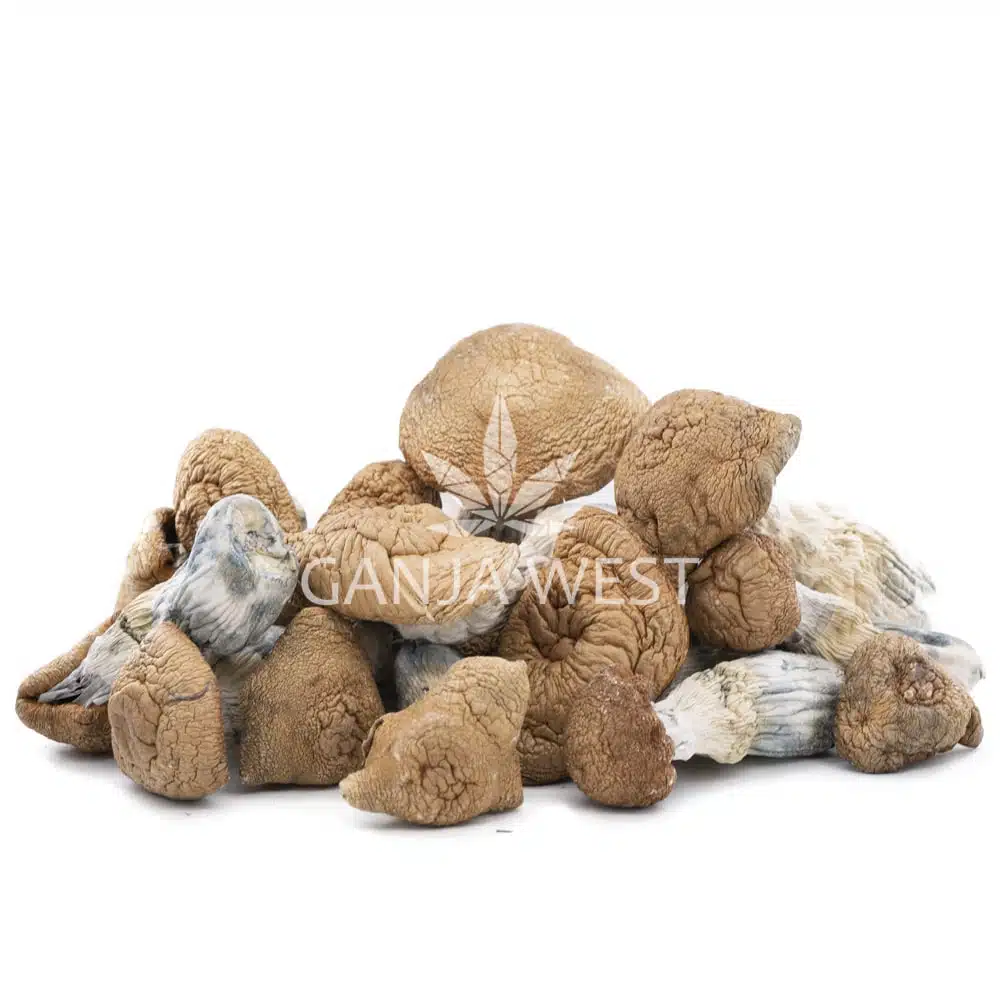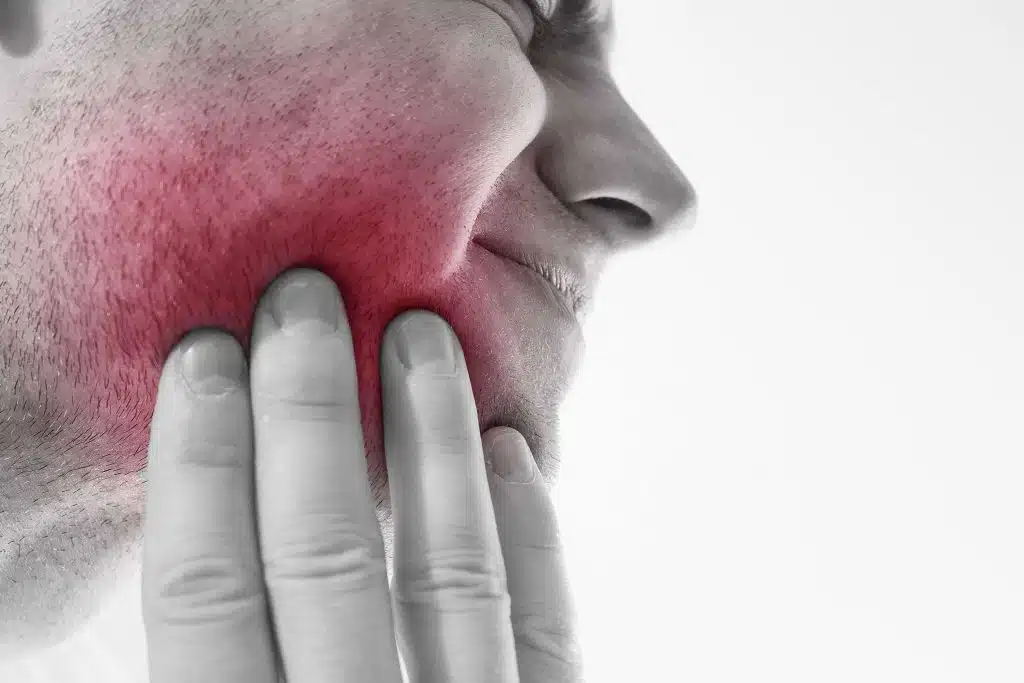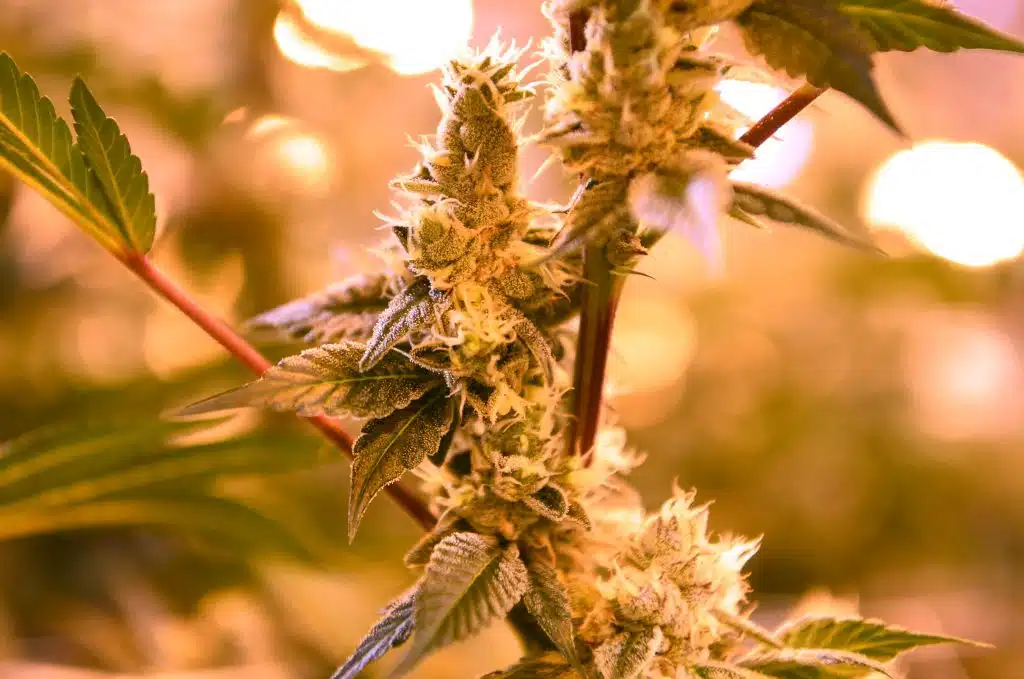Why Cannabis Brands Are Struggling To Survive

Why Cannabis Brands Are Struggling To Survive
Cannabis life is full of uncertainty, except for the certainty of death and taxes.
Many craft cannabis producers in Canada are concerned about the excise tax rate, and are working to amend it in order to get a more equitable rate. This, coupled with the current dip in cannabis prices, has made many producers take action to adjust their brands.
The excise tax on cannabis producers hurts them badly, taking as much as 30% of their top-line revenue.
We’re hearing that a number of cannabis brands are going bankrupt, just as happened in the US. This could have a devastating effect on the industry as a whole.
Taxes in Canada are a problem. We’ve seen this same situation play out in other places where a high tax burden makes it difficult for businesses to compete.
What Is Cannabis?
Cannabis is a plant species in the family Cannabaceae. It includes three primary subspecies: Cannabis sativa, Cannabis indica, and Cannabis ruderalis. Cannabis has been used for a variety of purposes, including for its medicinal and recreational effects. It is also known for its psychoactive compounds, such as tetrahydrocannabinol (THC) and cannabidiol (CBD).
What Is THC?
Tetrahydrocannabinol (THC) is a psychoactive compound found in the cannabis plant. It is responsible for the “high” commonly associated with cannabis use. THC acts on the cannabinoid receptors in the brain, which are involved in the regulation of mood, appetite, and other cognitive functions. The amount of THC in cannabis varies depending on the strain, with some strains having higher levels of THC than others.
What Is CBD?
CBD stands for cannabidiol, which is a naturally occurring compound found in the cannabis plant. CBD is one of many compounds, known as cannabinoids, that are found in the cannabis plant. Unlike the more well-known compound tetrahydrocannabinol (THC), CBD is non-psychoactive, meaning it does not produce the “high” commonly associated with cannabis use.
CBD has become increasingly popular in recent years as a natural remedy for a variety of health conditions, including anxiety, pain, and insomnia. It is also used to manage symptoms of conditions such as multiple sclerosis and help with epilepsy. CBD is available in a variety of forms, including oils, capsules, and topical creams.
The problem with taxing weed’s wholesale price in brands
The situation looks increasingly dire for many Canadian cannabis businesses. Around 254 individual cannabis brands have racked up $73 million in excise debt from March 2019 through March 2022, CRA data shows, according to recent media reports. As of May 2022, roughly $52.4 million remains outstanding.
Another Canadian craft producer wants to see an amendment to the cannabis tax rate that reflects the tax rates enacted on alcohol brands. “This shouldn’t be treated strictly based on per-gram rates,” says David Marcus, president and founder of Abide.
Sutton and Marcus agree that the government likely envisioned a 10% tax rate when per-gram rates were stable soon after legalization. They note that the excise tax rate should reflect the percentage of sales and consumer price, rather than the wholesale price.
As the cannabis industry has shrunk in recent years, gram prices have gone down while the $1-per-gram excise tax has remained unchanged.
Recent lobbying efforts have increased as Bill C-45 is expected to be reviewed over the next 18 months. A look into Canada’s lobbyist registry shows that seven cannabis brands engaged with federal politicians last year, as well as several meetings initiated by the Cannabis Council of Canada discussing excise tax.
Government bodies are slow to enact changes
In early 2022, Omar Khan, a senior vice president at High Tide, met with officials from the Prime Minister’s Office and members of the Official Opposition to provide advice on how to broaden Ottawa’s economic perspective when regulating cannabis in the future.
When you talk to them and share statistics demonstrating that the GDP contribution of our industry is comparable to those of other important sectors, your potential customers are quite surprised.
A new report from EY Parthenon suggests that Canada’s cannabis firms should overhaul their excise tax rates in order to create a single, harmonized federal stamp instead of the current patchwork of provincial rates. This would reduce the regulatory costs for brands, and help them compete more effectively against their American and European counterparts.
The Globe and Mail reports that there is no indication that Ottawa plans to change its stance on the excise tax. The only mention of cannabis taxation in the April budget was a nod to the government’s desire to give First Nations the ability to introduce their own levies.
Health Canada is reviewing its regulatory charges, but note that this does not include taxes on cigarettes, alcohol, or other items.
Regulations vary product to product within brands
For brands that make both CBD and THC products, such as Abide, the distinction in tax regulations can be a thorny issue.
Abide produces high-quality CBD products, but the regulations require them to prove that their products contain a low enough THC level to be tax-exempt. If their products contain too much THC, they fall under the excise tax rate.
“If we want to increase the CBD content to say 12%, which pushes the THC limit above the 0.3% threshold for an exemption, then we’re paying taxes now,” says Marcus.
In his professional opinion, taxing dried flower at a rate of ¼ of the current excise tax rate for extract products will help to ensure that this popular product remains affordable for consumers.
Too many weed brands is actually a bad thing?
It’s likely that you’ll see headlines about Canadian cannabis grow facilities closing every month in 2021 and early 2022. This is because Canopy Growth shut down its one-million-square-foot greenhouse in Niagara-on-the-Lake last year, and also closed down two operations in British Columbia.
In the same year, Tilray shut down operations in Nanaimo to focus on cultivation in British Columbia at its Broken Coast facility. In April 2022, HEXO closed its Belleville, Ontario, facility to improve production outputs while significantly reducing costs across its entire network.
The reason all these closed facilities and layoffs occurred is because the Canadian cannabis market is producing too much weed.
According to Professor Andrew Potter, there was too much optimism after recreational legalization in Canada, and as a result we grew too much cannabis. Now that we’ve realized the dangers of over-production, we need to take a more measured, cautious approach to legalization in order to ensure a successful outcome.
He goes on to predict that cannabis will eventually become a valuable commodity, similar to tobacco, where the plant will be grown mainly in vast fields.
Conclusion
If you are interested in cannabis and THC products, check out Ganja West online dispensary at ganjawest.co!












